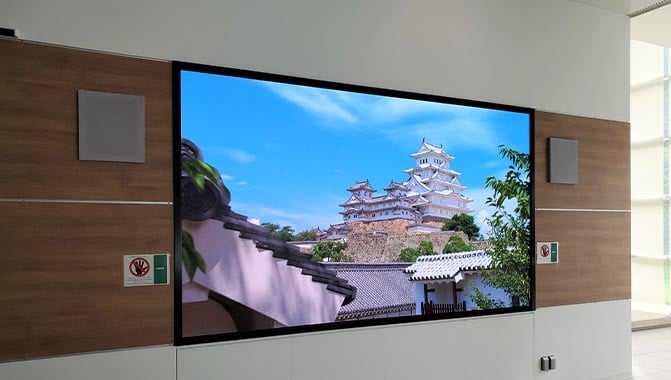Exploring the Effect of Contrast Metrics on Perceptual Resolution and User Cognition
Wiki Article
Comparison ratios are an important concept in graphic design and human perception. They relate to the variation in brightness between the lightest and darkest parts of a visual display. A higher contrast level means that there is a larger disparity between light and dark areas, which can substantially influence how clearly we see images, text, and other visual components. This is particularly vital when addressing how individuals with varied sight capabilities perceive data. Understanding contrast ratios helps designers create more effective interfaces, whether for webpages, promotions, or instructional content.

The significance of brightness levels can be seen in various applications, such as TVs, desktop screens, and mobile devices. In these devices, a high brightness level enables sharper images and clearer content. For example, when watching a film or engaging in interactive media, high contrast can enhance the user engagement by rendering details more visible. This is also applicable for viewing typography on screens; a strong contrast between the text hue and backdrop tone can prevent eye strain and improve readability. As people interact with online media daily, designers must prioritize optimal contrast ratios to ensure comfort and legibility.
Various user groups may perceive contrast ratios differently. For individuals with visual impairments, such as color vision deficiency or reduced vision, sufficient contrast is vital for understanding information presented visually. Content creators must account for these differences when developing materials. Resources like contrast analysis tools can assist evaluate whether the chosen colors provide enough distinction for all viewers. By maintaining suitable contrast ratios, designers not only make their work accessible but also demonstrate inclusivity in their designs.
In relation to inclusivity factors, visual contrast levels serve a key function in aesthetic appeal and overall user experience. A well-designed interface applies palette choices that not only click over here now attract attention but also guide users through content effectively. For instance, highlighting important buttons or information with distinct hues enables individuals move through easily. When users find it easy to differentiate between varied components on a display, they are more likely to interact with the material and perform actions effectively.
Ultimately, as digital innovation continues to advance, the relevance of comprehending visual contrast principles remains critical. Advancements in screen technology offer possibilities for even enhanced image sharpness. However, without thoughtful attention of how visual differentiation affects human perception, advancements may not achieve their full effectiveness. Visual professionals and technologists must remain updated about standards concerning visual contrast find this to ensure that their work remains impactful and user-friendly across various platforms and devices. By prioritizing these principles, they can enhance user interaction and build a more visually inclusive digital world.